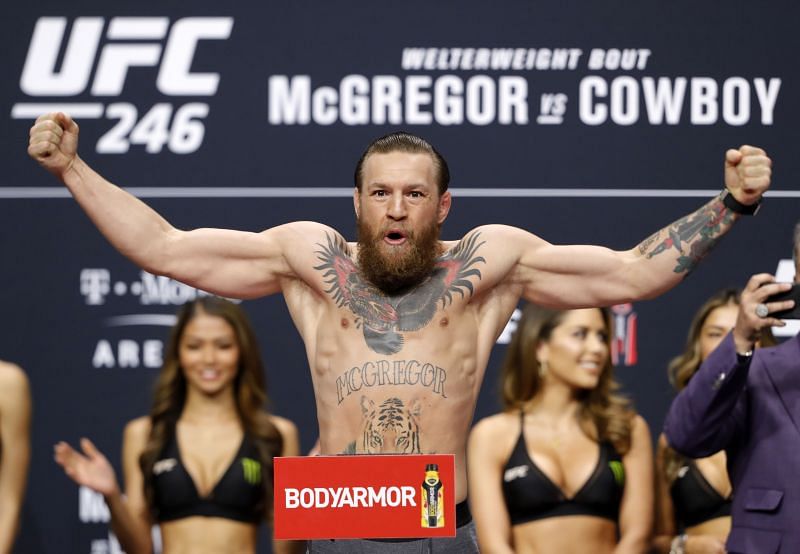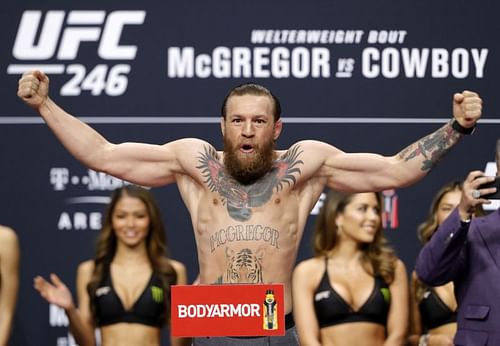
How do UFC fighters cut weight?

Weight cutting in UFC involves a grueling process that has often left some of the biggest names in the sport extremely weary. Fighters have to go through relentless dehydration and a starvation regime that can overwhelm them with detrimental side-effects.
In the UFC, we have repeatedly seen fighters working their fingers to the bone, just to tip the scales at the right weight; take Jorge Masvidal for instance, who lost 20 pounds in six days ahead of his title fight against Kamaru Usman at UFC 251.
While it's a compelling argument that fighters shouldn't be allowed to fight below their natural weight - something which One Championship adheres to - the UFC has constantly maintained their stance on weight cutting, which strictly indicates that their fighters must successfully make weight in order to avoid a pay-cut.
But how do they do it? Let's take a look.
What is the key for UFC fighters to make weight?
For a normal person who is not competing in the world's biggest MMA promotion, all it takes to cut weight is a strict diet plan. However, things get uncommonly daunting for a UFC fighter, who is expected to shed more than dozens of pounds in the span of a week or less.
Usually, the UFC fighters indulge in an aggressive dehydration process. A report by Journal of the International Society of Sports Nutrition states that 39 percent of MMA fighters choose to go about their day without drinking water to make weight.
Former UFC flyweight Rachael Ostovich had taken to Twitter to express how badly she wanted to drink water after her weigh-in.
Along with dehydration, the UFC fighters also opt out from consuming salt and almost avoid all sorts of carbohydrates. In addition to that, they involve themselves in taking hot baths, use towels, and sweat suits to shed the excessive weight, and also sit in saunas for hours.
Anthony Pettis, a former UFC lightweight champion, once described how grueling it was for him to kill time in a sauna after his loss to Max Holloway in a featherweight bout in 2016:
“I was dying from the weight cut, literally they had to pull me out of the sauna. I depleted my body, so it’s too much of a cut. I have to go back (to lightweight division). I can’t make the 45 weight (featherweight) cut," said Pettis after the fight.
Just like most fighters, the UFC lightweight kingpin Khabib Nurmagomedov also donned a sweat suit in which 'The Eagle' painfully collapsed, as seen in the recently released video. Nurmagomedov was making weight for his fight against Justin Gaethje in October 2020.
The incessant loss of sweat, tiresome training regime, starvation from food and water - all of these factors come into play for the fighters to successfully make weight, at the cost of an intense body punishment.
One of the most recent examples of a tiresome weight-cut process involved Mike Perry. 'The Platinum' went on a tweeting spree reflecting how tough it is to cut weight, after he came 4.5 pounds overweight into his fight against Tim Means at UFC 255.
However, the arduous process of cutting weight comes to an end one day before the fight, when the weigh-ins take place. The fighters rehydrate and gain back most of their lost energy on the day of the fight. However, they still don't come in at their natural walking weight into the fight.
Needless to say, the weight-cutting measures that the UFC fighters take are indeed back-breaking which requires extraordinary amount of sheer will and endurance.